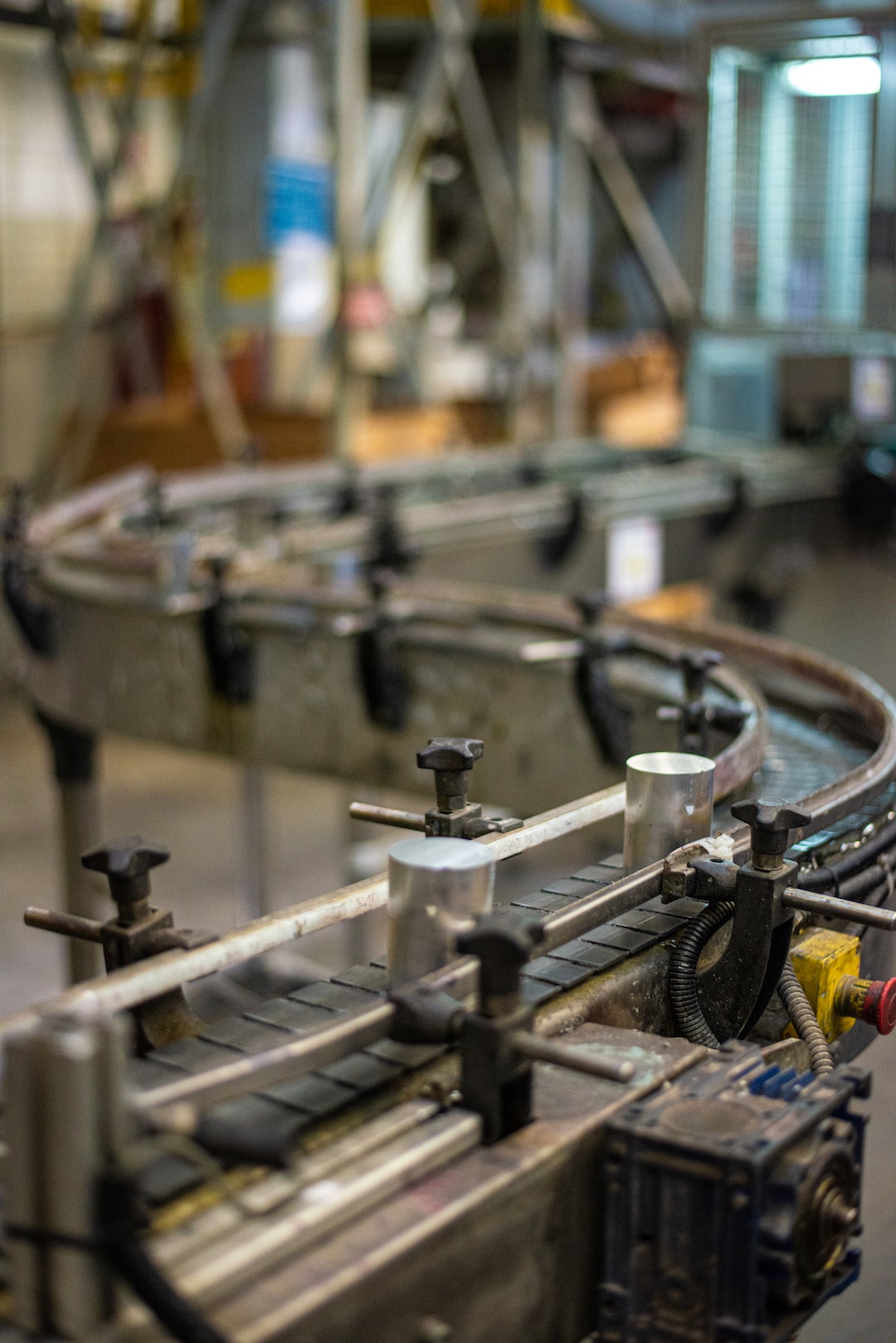The future of manufacturing holds astounding possibilities, ushering in an era of automation and artificial intelligence that will revolutionize the industry. With the rapid advancements in technology, there is an increasing adoption of automation and AI, promising increased productivity, efficiency, and cost-effectiveness. This blog post will explore the transformative impact of automation and artificial intelligence on manufacturing, the benefits it brings, and the challenges it presents.
Automation is undoubtedly the driving force behind the future of manufacturing. By integrating robotic systems into production processes, companies are able to achieve higher levels of accuracy, consistency, and speed. These robots can perform repetitive tasks with utmost precision and minimal human intervention. From assembly lines to logistical operations, automation has the potential to optimize manufacturing in ways previously unimaginable.
One of the most compelling advantages of automation is the substantial reduction in production costs. With robots taking over labor-intensive jobs, manufacturers can cut down on labor expenses while simultaneously improving productivity. Furthermore, automation eliminates the risk of human error, leading to fewer defective products and subsequent losses. The overall quality of the final product is significantly enhanced, resulting in increased customer satisfaction and loyalty.
Automation is not limited to physical labor; it extends to data management and analysis as well. Manufacturing generates an enormous amount of data, and AI algorithms can process this data in real-time, providing valuable insights for decision-making. By analyzing patterns and trends, AI enables manufacturers to optimize production processes, predict maintenance requirements, and make strategic business decisions. This data-driven approach enhances operational efficiency, reduces downtime, and boosts productivity.
The integration of artificial intelligence further augments the capabilities of automated manufacturing systems. AI algorithms allow machines to learn from data and improve their performance over time. This can lead to autonomous decision-making, where machines can adapt and optimize their operations without human intervention. For example, an AI-powered production line can identify bottlenecks and adjust its configuration to maximize efficiency, all while minimizing human supervision.
Moreover, AI opens the door to predictive maintenance, a proactive approach to equipment maintenance that can save manufacturers significant time and resources. By continuously monitoring machinery performance, AI algorithms can identify signs of wear and tear, alerting maintenance personnel before a breakdown occurs. This preventive maintenance approach minimizes unplanned downtime, optimizes equipment utilization, and extends the lifespan of machinery.
While automation and artificial intelligence have immense potential, they also present a set of challenges that need to be addressed. One such concern is the displacement of human workers. As machines take over tasks previously performed by humans, there is an inevitable risk of job loss. However, it is essential to recognize that automation does not completely eradicate the need for human workers. Instead, it shifts the workforce to more creative, complex, and strategic roles that require human ingenuity, critical thinking, and decision-making.
Another obstacle in the path to a fully automated manufacturing future is the initial investment required. Implementing automation and AI systems can be costly, especially for small and medium-sized enterprises (SMEs). However, with the potential cost savings in the long run, companies can recoup their investments over time. Governments and industry organizations should provide support and incentives to encourage the adoption of these technologies, making them more accessible to all manufacturers.
As the future of manufacturing unfolds, the benefits of automation and artificial intelligence become increasingly evident. From increased productivity and efficiency to cost savings and quality improvement, the advantages are undeniable. However, it is crucial to recognize the social and ethical implications of these advancements. Manufacturers must approach automation and AI with a responsibility towards their employees, ensuring that skill development and retraining initiatives are in place to embrace the changing landscape of the industry.
In conclusion, automation and artificial intelligence are set to shape the future of manufacturing. Embracing these technologies will lead to improved productivity, efficiency, and cost-effectiveness. While challenges remain, with proper planning and support, manufacturers can harness the transformative power of automation and AI, paving the way for a new era of manufacturing excellence. The future is bright, and it is up to companies to seize this opportunity and be at the forefront of the manufacturing revolution.


